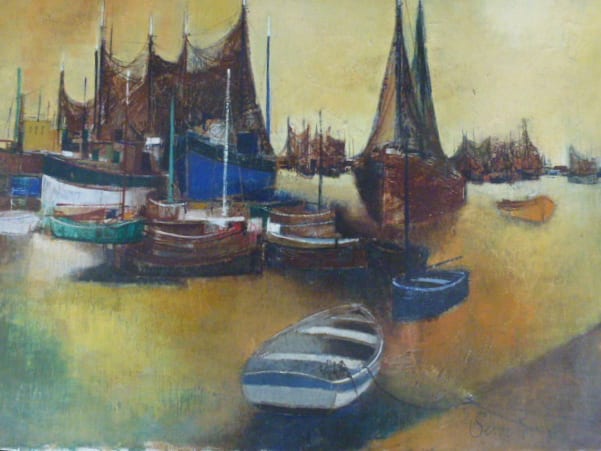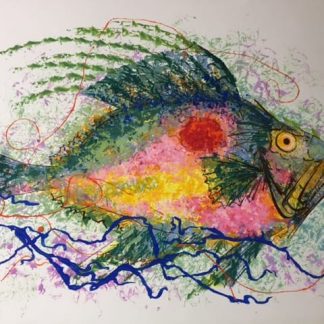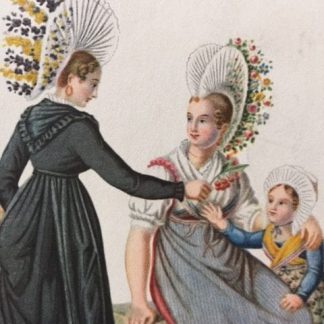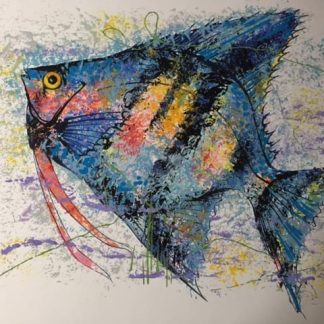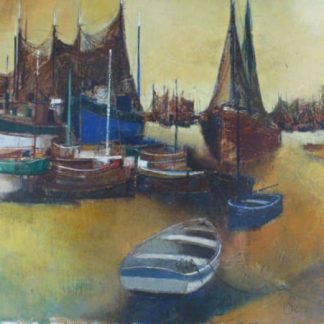Description
20″ x 24″ Buyer pays for shipping.
Born in Marseille in 1934, he began his life as a healthy, happy child. Rendered deaf by an early childhood illness, Vernet-Bonfort embraced visual arts in study and practice as a refuge from the silence of the outer world, permitting elaborate expression through a vivid and colourful visual language. He studied at l’école des Beaux-Arts in Marseille from 1948 to 1957. A frequently exhibited and lauded French artist active since the 1950’s, Vernet-Bonfort’s work demonstrates the intersection of old and new masters’ technique, with a strong personal sensibility. Upon completion of his studies he was awarded the Prix Claverie, the first of many future accolades. The year of his graduation also marked his first gallery exhibition at the Galerie Reboul in Marseille. In the next decade Vernet-Bonfort exhibited in many French cities, earning many honors, including the Prix de l’U.N.A.M., for Young Mediterranean Artists and other regional prizes. After a successful exhibition in 1964 at the Madden Galley in London, Vernet-Bonfort was awarded the Elizabeth T. Greenshields Foundation Great Award, which allowed him a year of paid study in the United States. Vernet-Bonfort identifies his own artistic touchstones and influences as 18th century book illustrator Antoine Humblot (d. 1758), figurative sculptor George Oudot (b.1928), and celebrated painter Gustav Klimt (1862-1918). He has been recognized as belonging to the “Modern School of Marseille”, a style of French Provencal painting dominated by the sensuous colors and striking contrasts found in the rural and maritime landscapes of the South of France, and Spain.This eclectic palette is reflected in his technique, best expressed as stylized realism. Although Vernet-Bonfort has enjoyed international success, his work has not been shown in the United States since the 1960’s. Cambridge Art Gallery’s unique and rare collection of his works has been in private collection for 45 years, originally intended for the American audience but lost due to the death of the purchaser. This exceptional collection is evidence of one of the artist’s finest hours, a period in Vernet-Bonfort’s life which offered solitude in his silent world, when music was a part of life for those who surrounded him.
